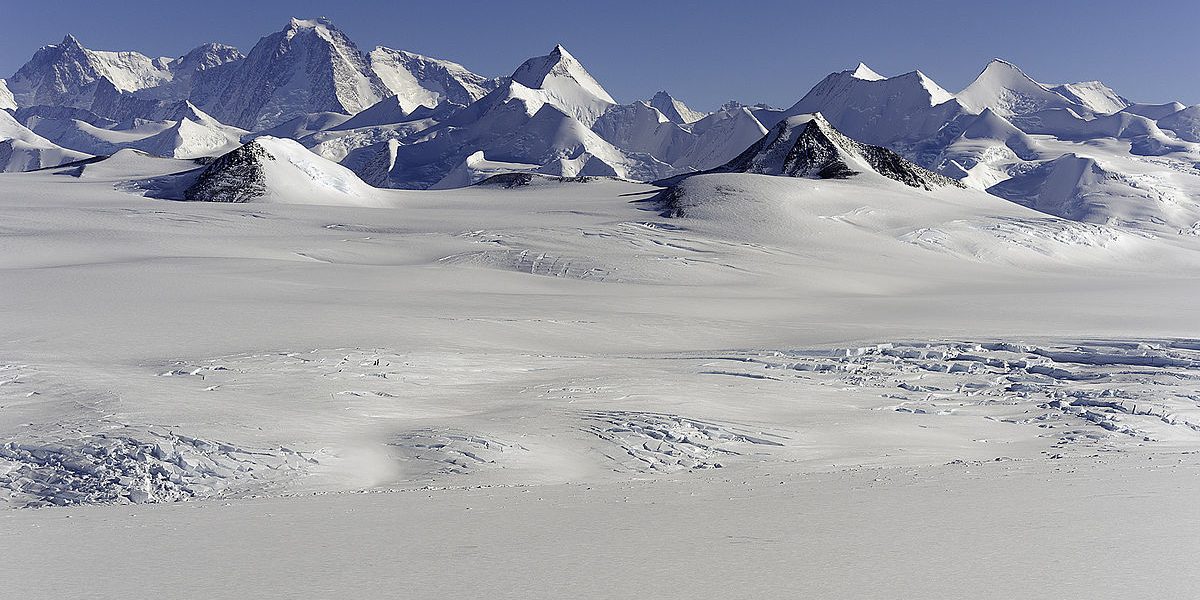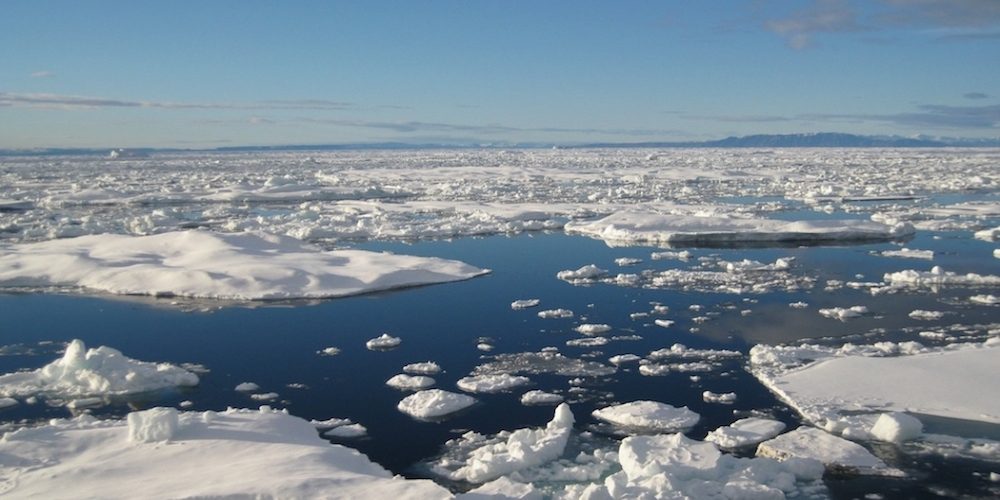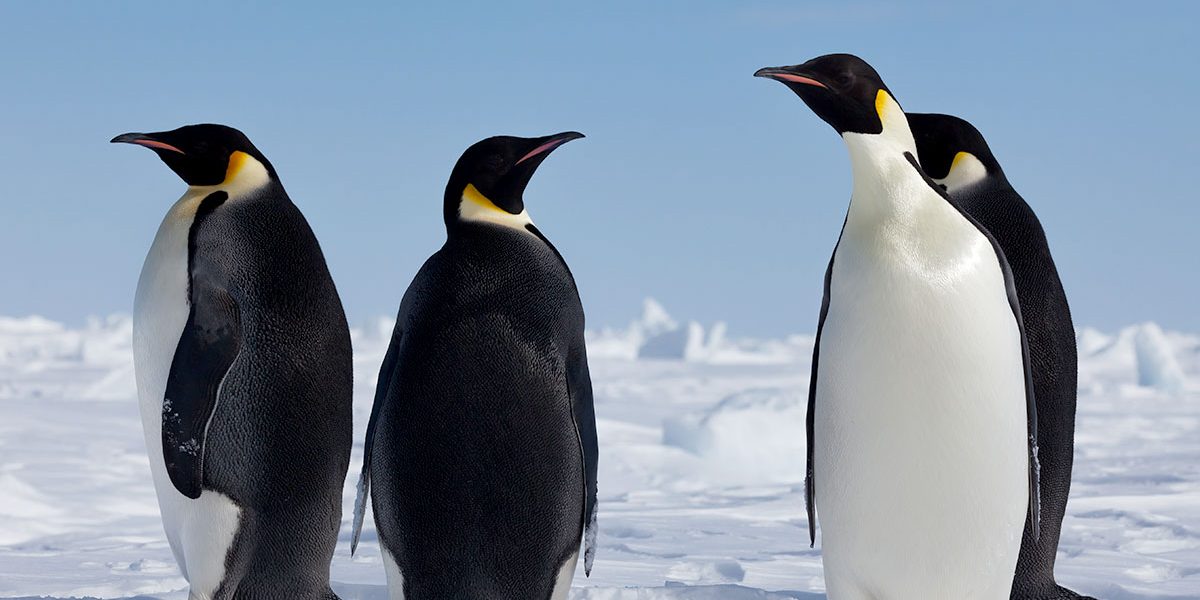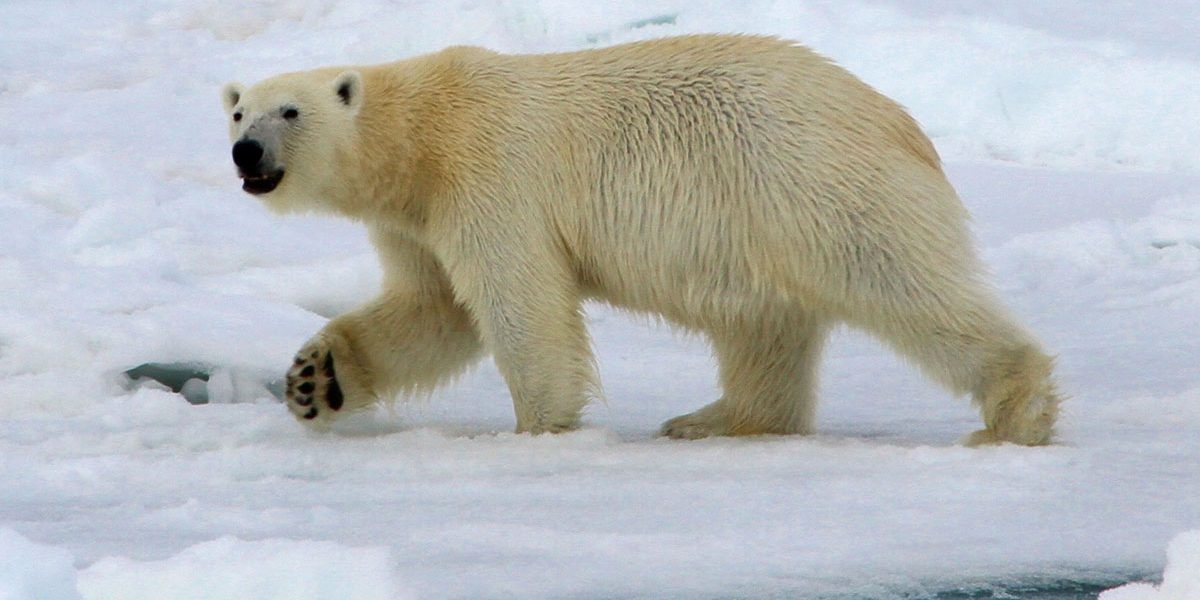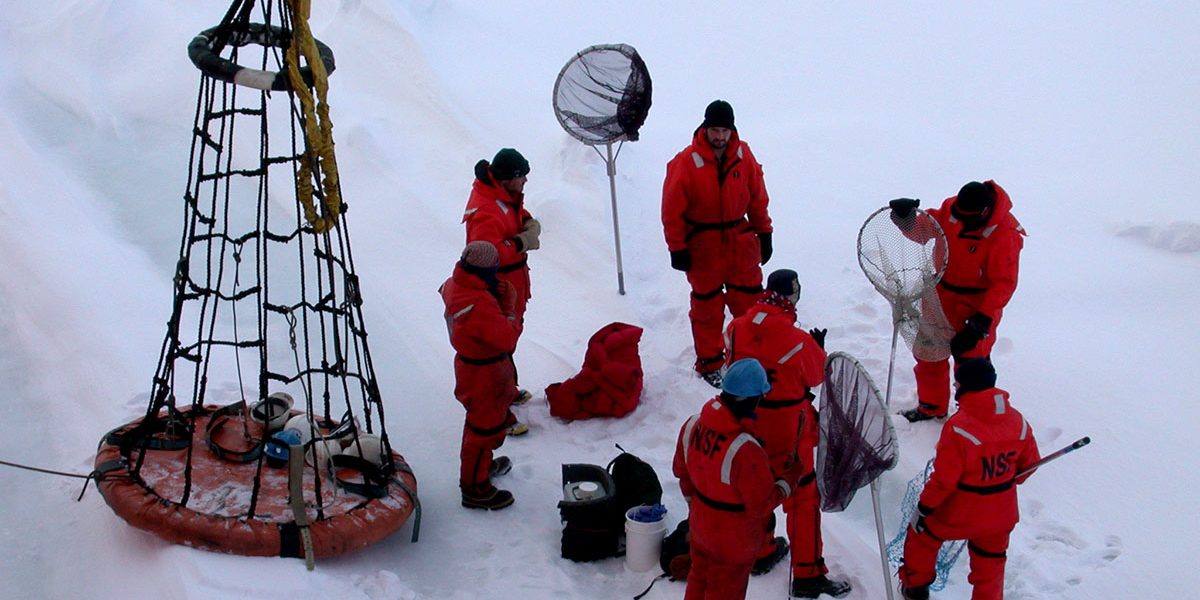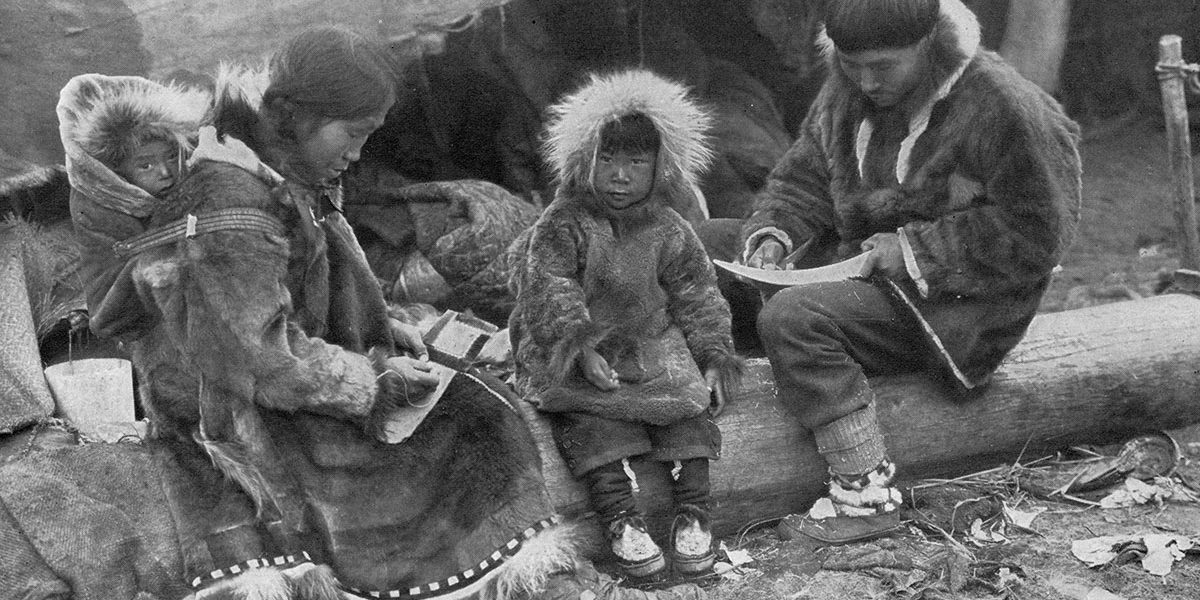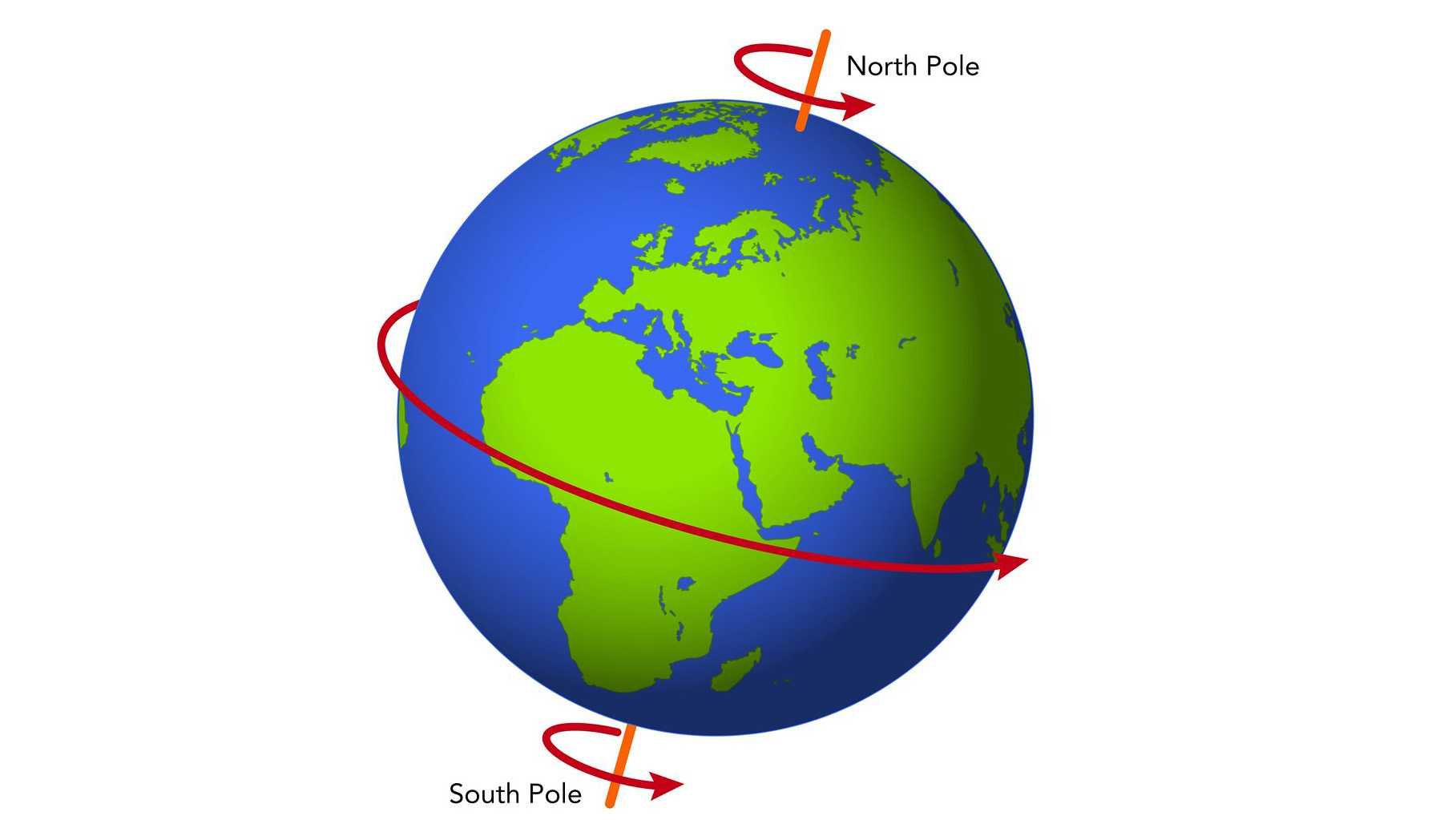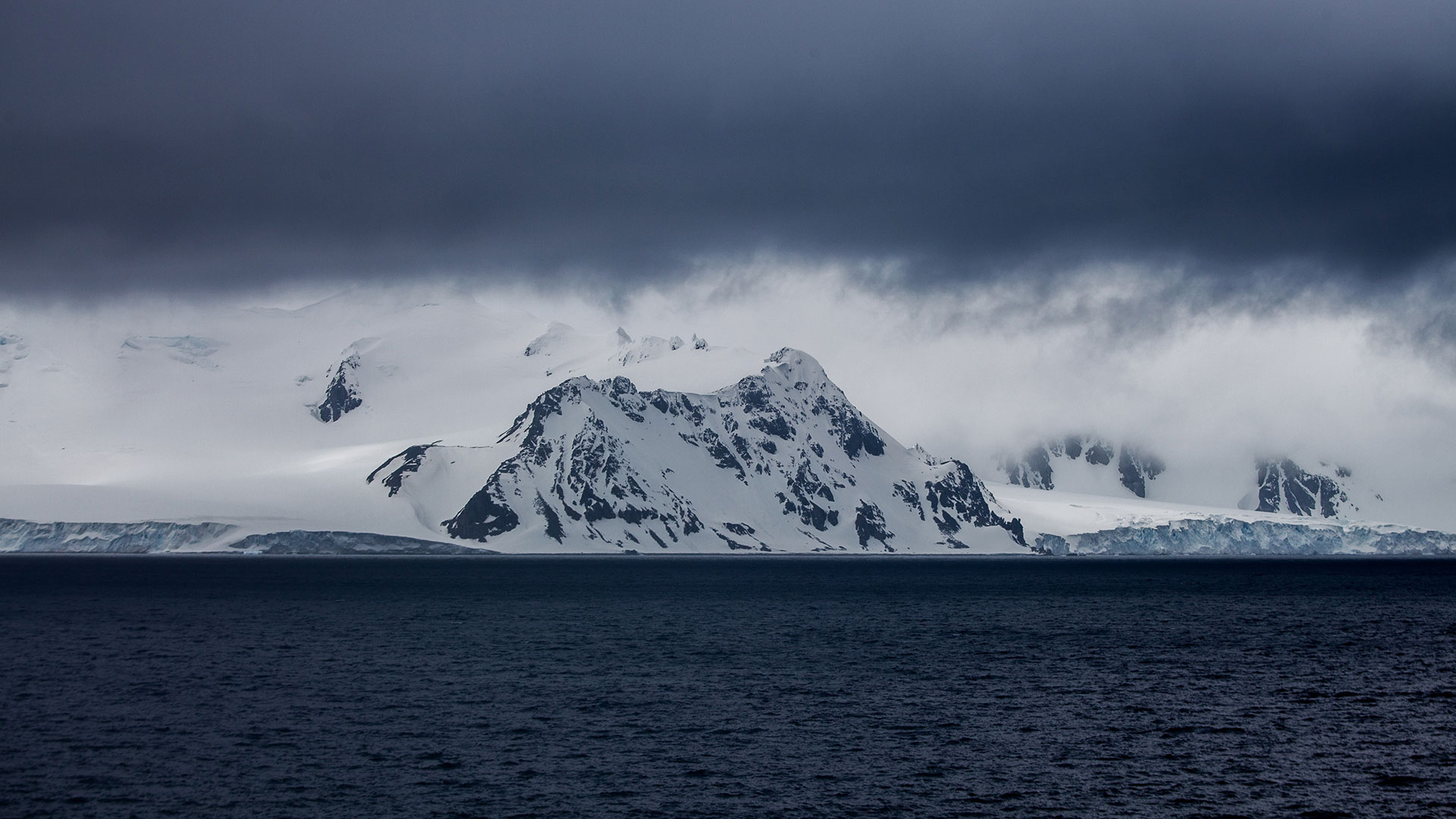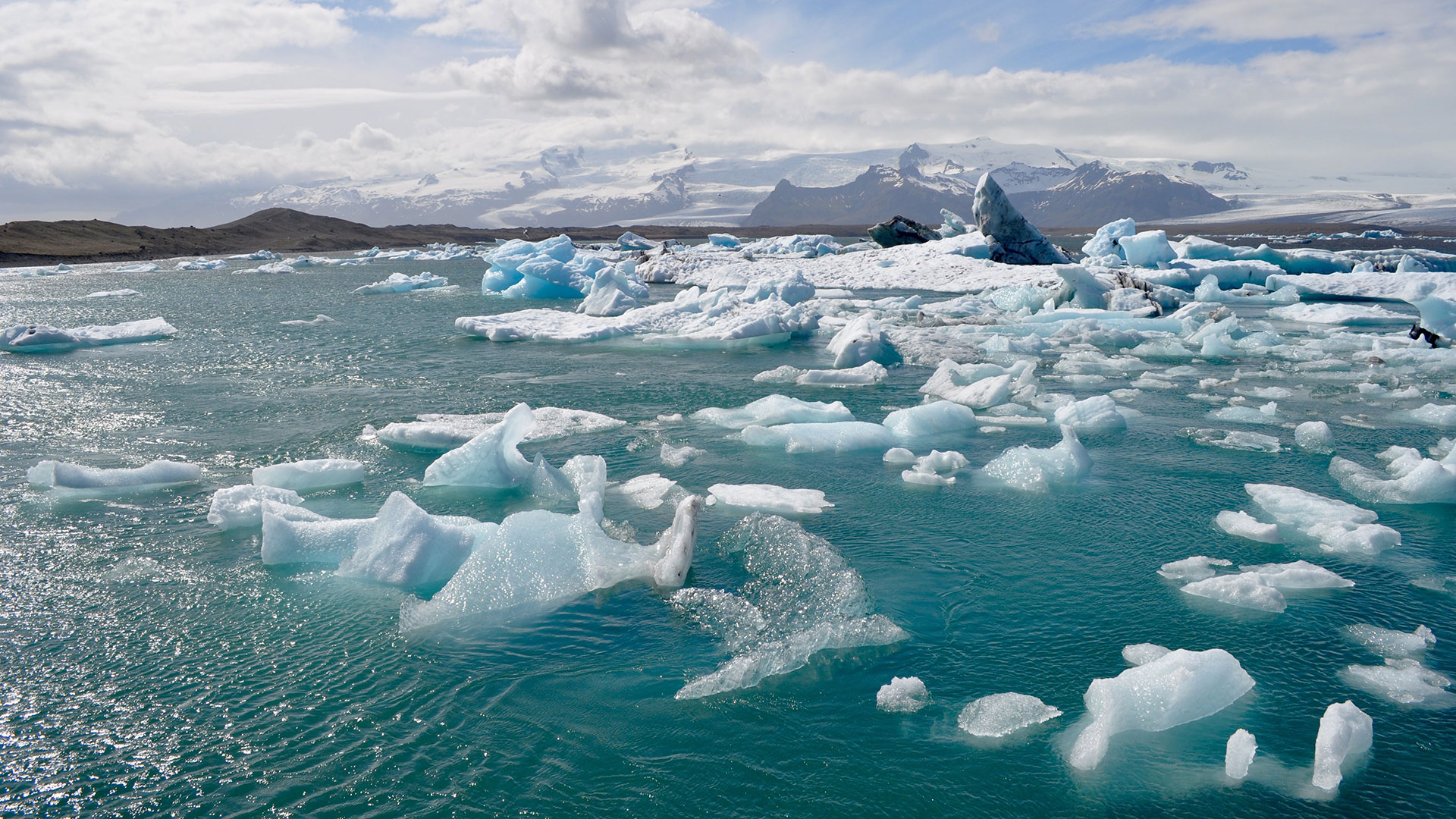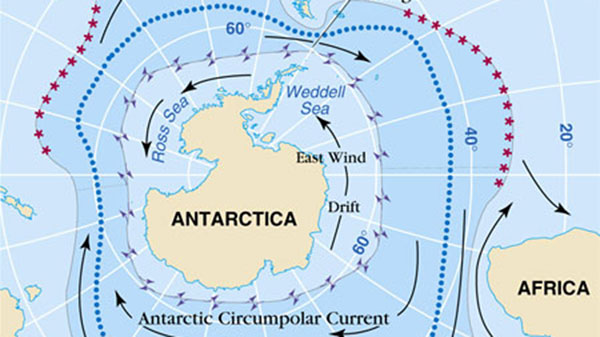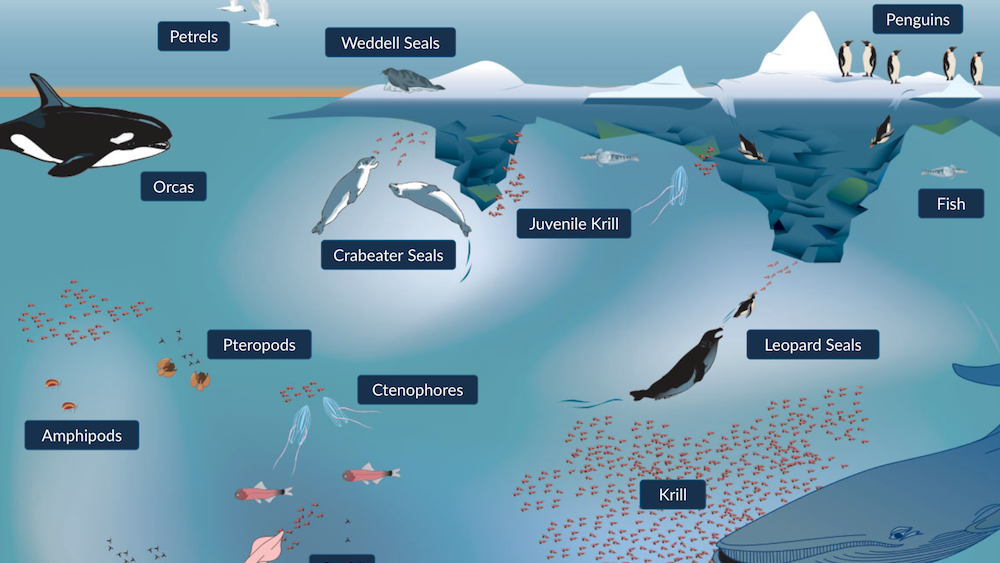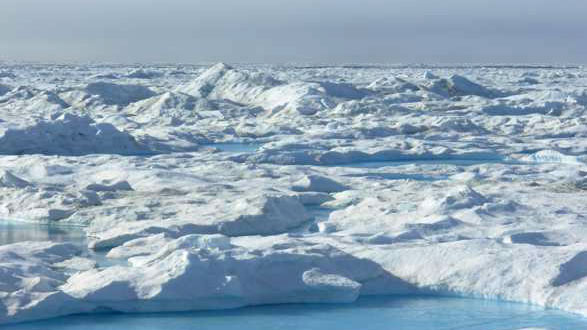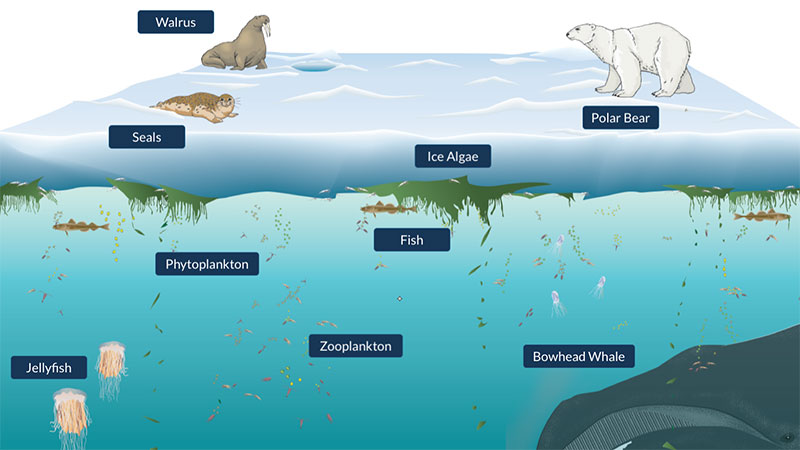The Poles: Comparing the Poles
The biggest difference is that the Arctic region is essentially a frozen ocean surrounded by continents. Antarctica is a continent surrounded by an ocean. And even though the Arctic is mostly a frozen ocean, the Arctic climate is more hospitable to human and animal life than the ice-locked Antarctic continent. See a simple comparison below:
Physical Features
Antarctica |
Arctic |
|---|---|
| Antarctica has mountains and volcanoes | The Arctic is mostly ice covered ocean |
| The Antarctic is a continent surrounded by ocean | The Arctic is an ocean surrounded by continents |
| Maximum sea ice extent: 8 million square miles | Maximum sea ice extent: 7 million square miles |
| The area is 6 million square miles | The area is 5.4 million square miles |
| The annual mean temperature at the South Pole is -60F | The annual mean temperature at the North Pole is 0°F |
| Total coastline: 18,000 miles | Total coastline: 25,000 miles |
Plants & Wildlife
Antarctica |
Arctic |
|---|---|
| Antarctica has penguins | The Arctic has polar bears |
| No tundra or tree lines | The tundra is well developed and marked by a tree shrubline |
| No terrestrial mammals | Terrestrial mammals include musk ox, reindeer, caribou, foxes, hares, wolves, lemming, bears, and more |
| Marine mammals include whales, porpoises and seals | Marine mammals include whales, porpoises, seals, and amphibious mammals |
Human Impact
Antarctica |
Arctic |
|---|---|
| Antarctica has no permanent population | The Arctic has a native population |
| No record of primitive humans and no native groups | There are native people with a long cultural record |
| There are no permanent residents at 60°S, but there is a sparse population at scattered scientific stations | Human population north of 60°N is in excess of 2 million with modern settlements |
| First crossing of the Antarctic Circle was by James Cook on January 17, 1773 | The first crossing of the Arctic Circle is prehistoric |
Explore our interactives
Antarctica
The Arctic
Related Links
Antarctica
Photos and Sounds
- Videos of US Antarctic Stations
- Antarctic Photo Library - NSF
- Antarctic Sun Newspaper
- USGS and NSF Joint Program
- Australian Links to their stations
Antarctic Discovery
- James Cook and Antarctic Exploration
- James Clark Ross and Antarctic Exploration
- Douglas Mawson and Antarctic Exploration
- Roald Amundsen and Antarctic Exploration
- Robert Scott and Antarctic Exploration
- Ernest Shackelton and Antarctic Exploration
General Information
Geography
Seasons
Ecosystem
- Teachers Experiencing the Arctic and Antarctic (TEA) Program
- A story in WHOI’s magazine Oceanus about the Antarctic ecosystem in winter/
- National Oceanic and Atmospheric Administration (NOAA) guide to different species of marine mammals, many of which are Antarctic
- Lesson-plan summary of Antarctic animals
- Australian Antarctic Division site on the Antarctic ecosystem
Abundance
- WHOI 2006 expedition website about phytoplankton abundance in Antarctica
- An older (1998) site featuring history of exploration and hunting, and abundance of Antarctic seas
Human Impact
- A description of the use and overuse of Antarctic resources
- An article in Public Library of Science about changing conditions in Antarctica
News about Antarctica
Arctic
Photos
General Information
- Teachers Experiencing the Arctic and Antarctic (TEA) Program
- The World Factbook
- Frequently Asked Questions
Arctic Discovery
- Take an Arctic Exploration on the Atlantic
- Arctic Exploration — Chronology
- Arctic Exploration — Search for the Northwest Passage
- Matthew Henson
Maps
Geography
Circulation
Ecosystem
- Polar Ecosystems Research at Woods Hole Oceanographic Institution
- The Arctic Is an Ecosystem
- UN Atlas of the Oceans
- NPR: The Arctic's Hidden Ocean
- Enchanted Learning
Human Impact





